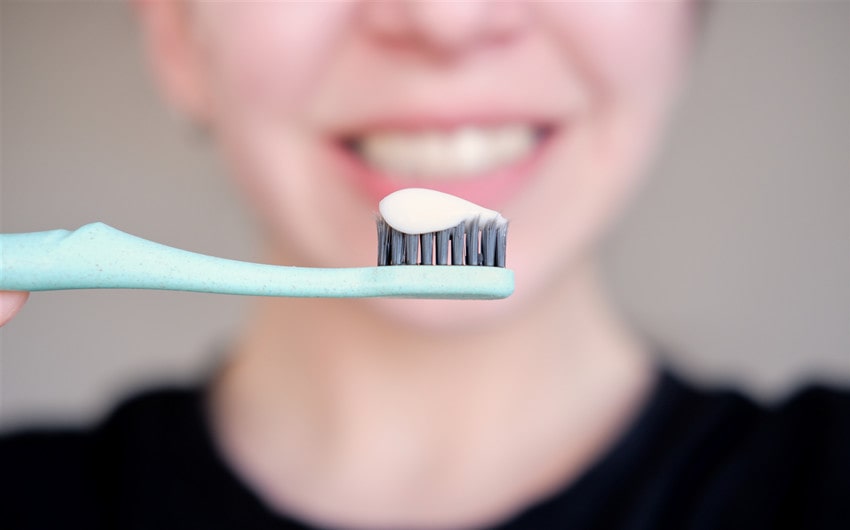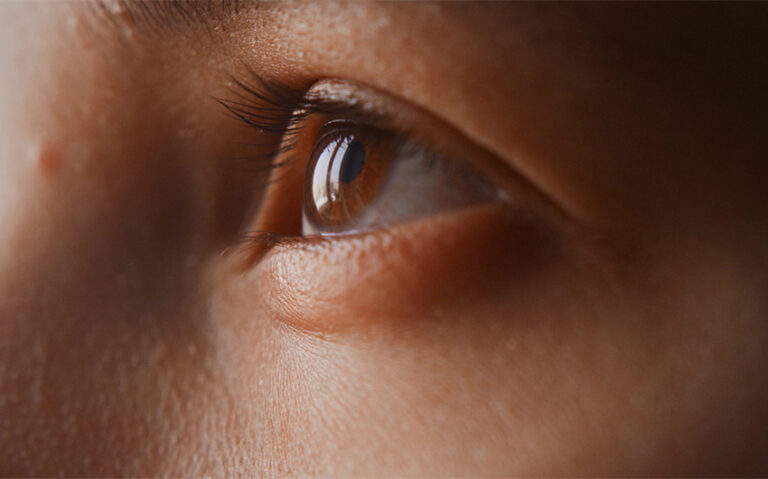Is Brushing Your Teeth 3 Times a Day Bad? A Deeper Look at the Habit
We’re told from childhood that brushing your teeth is a non-negotiable. Once in the morning, once at night—those are the basics. But what if you brush three times a day? Is that super responsible… or secretly damaging your teeth? Let’s explore what actually happens when you brush more often, and whether your dental enthusiasm could use a little restraint.
Brushing 3 Times a Day Isn’t Necessarily Bad
If you brush your teeth after breakfast, after lunch, and again before bed, you’re not alone—and you’re not necessarily overdoing it. Dentists generally agree that brushing three times a day is safe as long as it’s done correctly.
The main goal of brushing is to remove food particles and plaque that can lead to tooth decay and gum disease. Brushing after each meal helps keep bacteria from feeding on leftover sugars and starches, which means fewer cavities and fresher breath.
This habit can be especially beneficial for people who consume a lot of sugary snacks or drinks, or who have orthodontic appliances like braces, which trap food easily. If done gently, brushing three times a day may actually improve your dental health—not harm it.
When Brushing 3 Times a Day Might Be Too Much
While the frequency isn’t usually a problem, the way you brush can be. Many people brush too hard, thinking it’s the key to getting their teeth extra clean. But overly aggressive brushing can do more harm than good. The danger lies in abrasion—wearing away the enamel or damaging the gums.
Brushing three times a day becomes a problem if you’re using:
- A hard-bristled toothbrush: This can cause tiny scratches on enamel and lead to gum recession.
- Too much pressure: If you’re scrubbing with force instead of gently guiding the brush, you’re likely harming your teeth more than helping.
- A whitening toothpaste with abrasives: Using abrasive formulas multiple times a day can wear down enamel faster.
So brushing three times a day is fine—but only if you’re brushing the right way. Otherwise, you’re speeding up enamel erosion and exposing the sensitive layers beneath.
How to Brush Three Times a Day Safely
If you want to brush after every meal, there’s a right way to do it. A good brushing routine is about technique and timing—not just checking the box.
Best practices for safe, frequent brushing include:
- Use a soft-bristled toothbrush: Always opt for soft bristles, which are gentle on enamel and gums but still effective at removing debris.
- Brush with a light touch: Think “massaging,” not “scrubbing.” Let the bristles do the work, not your biceps.
- Wait 30 minutes after meals: Especially if you’ve eaten something acidic (like citrus, soda, or tomatoes), which softens enamel temporarily. Brushing too soon can rub away that softened layer.
- Stick to the 2-minute rule: Brushing longer doesn’t mean cleaner. Overbrushing can lead to wear and tear.
- Use fluoride toothpaste: This strengthens enamel and helps prevent decay, making your third brush even more beneficial.
Done correctly, brushing three times a day becomes a proactive habit—not a risk to your teeth.
Who Might Benefit from Brushing Three Times Daily?
Some people benefit more than others from brushing after each meal. If you fall into any of these categories, a third brushing session might be a game changer:
- Braces or retainers: Food gets trapped more easily, and frequent brushing helps prevent decay around brackets or under wires.
- Gum disease or gingivitis: Cleaning after every meal reduces bacteria that irritate and inflame gums.
- Frequent snacking: Constant exposure to sugars and starches means your teeth are under attack throughout the day. A mid-day brush breaks the cycle.
- Coffee or wine drinkers: Brushing helps reduce staining and freshens breath after strong-tasting beverages.
- Dry mouth: Less saliva means less natural cleaning, so extra brushing helps reduce bacterial growth.
For these people, that third brushing isn’t excessive—it’s preventative care.
Signs You Might Be Brushing Too Much
Even if you’re brushing gently, your mouth will let you know if something’s off. Here are common red flags that may indicate you’re overdoing it:
- Gums pulling away from your teeth: Also known as gum recession, this exposes sensitive roots and can eventually lead to tooth loss.
- Increased sensitivity to temperature or sweets: This may mean your enamel is thinning.
- Notches near the gumline: These wedge-shaped lesions, known as “toothbrush abrasion,” are physical signs of brushing too hard or too often with poor technique.
- Bleeding gums: If you’re brushing too roughly or using the wrong tools, gums can become inflamed and bleed—even if you floss regularly.
If you notice any of these signs, it’s a good idea to consult your dentist. They may recommend changing your brushing habits or switching to an electric toothbrush with a pressure sensor.
Alternative Mid-Day Options
If you’re brushing three times a day primarily to feel fresh after lunch, there are less abrasive alternatives to consider. These methods are easier on your enamel but still support oral hygiene:
- Rinse with water or mouthwash: A simple swish can wash away sugars and acids, especially after a meal.
- Chew sugar-free gum with xylitol: It stimulates saliva production and helps neutralize plaque acids.
- Use an interdental brush or floss: Cleaning between teeth without brushing can be enough if your technique is sound.
These options are especially helpful if you’re at work or school and don’t want to carry around a toothbrush all day.
Final Thoughts
Brushing your teeth three times a day is not bad—as long as you’re brushing gently, using the right tools, and allowing time between meals and brushing. In fact, it can be a great habit for people who need a little extra help keeping their teeth clean and healthy throughout the day.
The real risk comes from how you brush, not how often. Prioritize soft bristles, light pressure, and patience. And remember: your dental routine should work for your teeth—not wear them out.
If you’re unsure, your best bet is always to ask your dentist. They’ll help you tailor a routine that keeps your teeth healthy for the long haul—morning, noon, and night.



